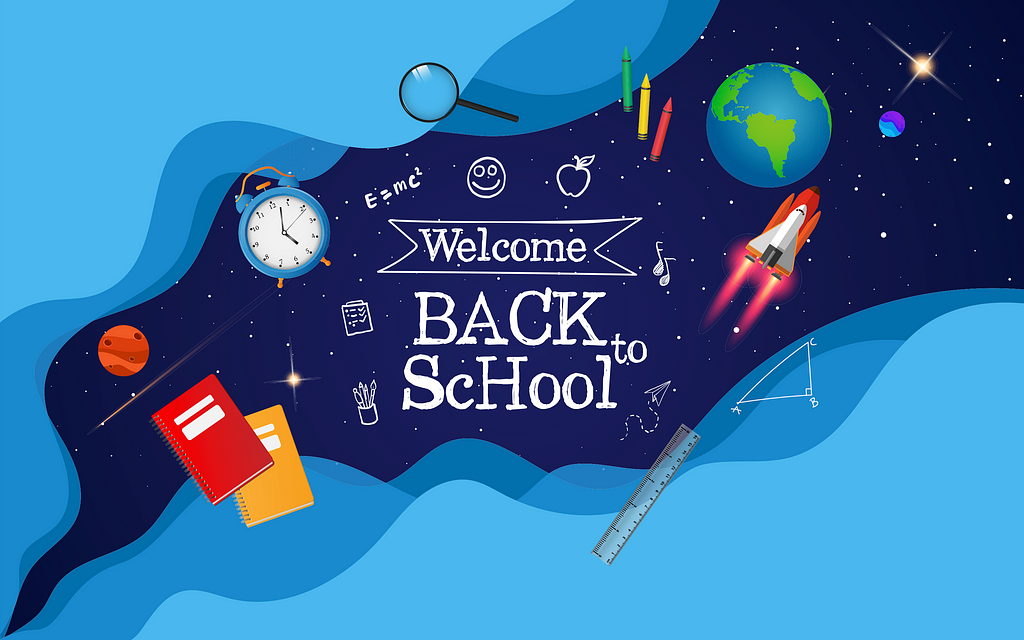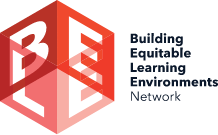Back-to-School Nights — A Missed Opportunity

By Karen VanAusdal, Senior Director of Practice at CASEL
Imagine walking into your child’s high school, where members of the marching band are performing outside the building. Student greeters hold the doors open and welcome you warmly. Inside, parents put on name tags that indicate not only their own names but also the names of their children.
In the auditorium, the principal begins with a personal story about their favorite teacher from childhood, and invites parents to turn to someone next to them and share their own memory of an adult who supported them when they were young. The principal shares a vision for the school year that helps all parents feel positive and part of the community and encourages them to contribute to that vision by adding sticky notes on a wall display.
As parents move to classrooms, teachers greet parents at the door as they would students and open the conversation with an invitation for parents to introduce themselves before discussing what their children can expect in their classroom. Parents are invited to leave notes for their children and can share one thing they hope for this school year.
How does this experience match the types of back-to-school nights or open houses that families attend this time of year? Often these events, in the spirit of expediency, miss important opportunities to catalyze a sense of belonging and authentic partnership between schools and families. As caregivers ourselves and SEL professionals who help districts create this type of community, we offer a few tips to keep SEL in mind as you welcome families back to your school.
First Impressions
How can you welcome families as they enter your building and set a tone of student-centered welcome, support, collaboration, and joy?
- Consider how to incorporate young people’s voices, either in person as greeters and guides, as performers (such as the school band or dance group performing as people enter), through artwork or messages on the wall, etc.
- Before the event, ask students what they want to share and celebrate most about their school.
Getting to Know One Another While We Get to Know Your School
How can you ensure that families not only learn about the school curriculum, but also get to know the school staff and each other?
- Have name tags available for families where they can share their name and “I have a child in x grade”
- Begin classroom or whole-school presentations with a warm welcome that allows for connections between caregivers. This may be a brief turn-and-talk about something caregivers are looking forward to during the year ahead or an activity such as a “raise your hand if you … (have multiple students in this school, remember being nervous for a first day of school, attended this school yourself, tried something new or traveled outside of our state this summer, etc.)” Find more ideas in our 3 Signature Practices Playbook.
- Ensure that staff members introduce themselves, their vision as educators, and their hopes for the year, in addition to the schedules, curriculum overview, and logistics of their classroom.
- Include an overview of the ways that the school is explicitly building community at the school and classroom level, any SEL curricula you are using, and ways that student supports are integrated into the classroom experience. Create opportunities for caregivers to share how they are supporting their students’ holistic development at home as well.
- Consider having interactive opportunities rather than just telling caregivers about the curricula. It can be powerful to use examples that tie to the community or experiences that showcase how your curriculum helps prepare students for their daily lives and futures.
- Create bi-directional learning.Consider having caregivers sit in a circle to encourage sharing and equity of voice. Classroom gatherings may also be a time to get feedback on what caregivers may have learned about their students during remote learning or how the teacher and school can best meet their students’ needs (verbally or through a quick written survey).
- In schools with homerooms, consider having sticky notes inside each student’s desk where caregivers can leave “love notes” for their students. For students whose caregivers are unable to attend, offer opportunities to email notes or have peers also leave notes for one another.
- Collaborate to build deeper connections to the local community. For example:
— Organize community/neighborhood tours. Create opportunities for parents and caregivers to identify the places they’d like school staff to see to better understand their interests and needs.
— Use the night to schedule visits to homes and community centers or ask for upcoming events that staff and caregivers can enjoy together.
— Partner with the local library to explore local history together.
Optimistic Close
How can you end your time together in a way that leaves participants feeling connected and encouraged to stay in partnership with school staff and one another?
End your back-to-school night by inviting caregivers to share something positive they have heard this year from their student or something they are curious to learn more about in the coming months. Share opportunities for caregivers to sign up for newsletters, roundtables, and volunteer opportunities and to partner with you on the design of these experiences and resources.
Just as we hope that SEL and academic growth are intertwined throughout our students’ school experiences, we see back-to-school nights as opportunities to model those connections for caregivers as well. Wishing you all a beautiful year ahead!
Karen VanAusdal serves as Senior Director of Practice at the Collaborative for Academic, Social, and Emotional Learning (CASEL). She oversees multiple initiatives to support and scale SEL in service of equity and excellence in school districts and with collaborators in the field.

